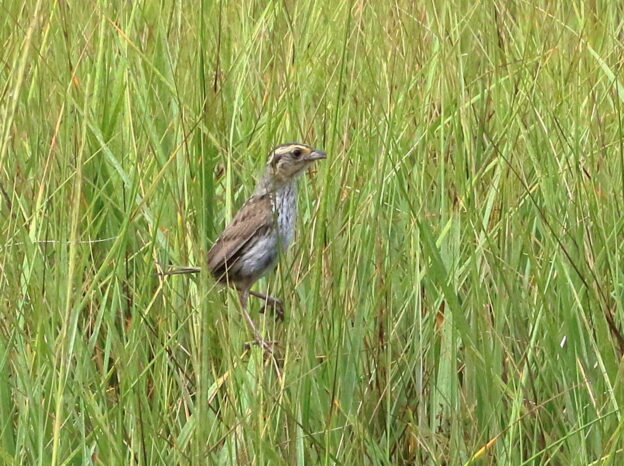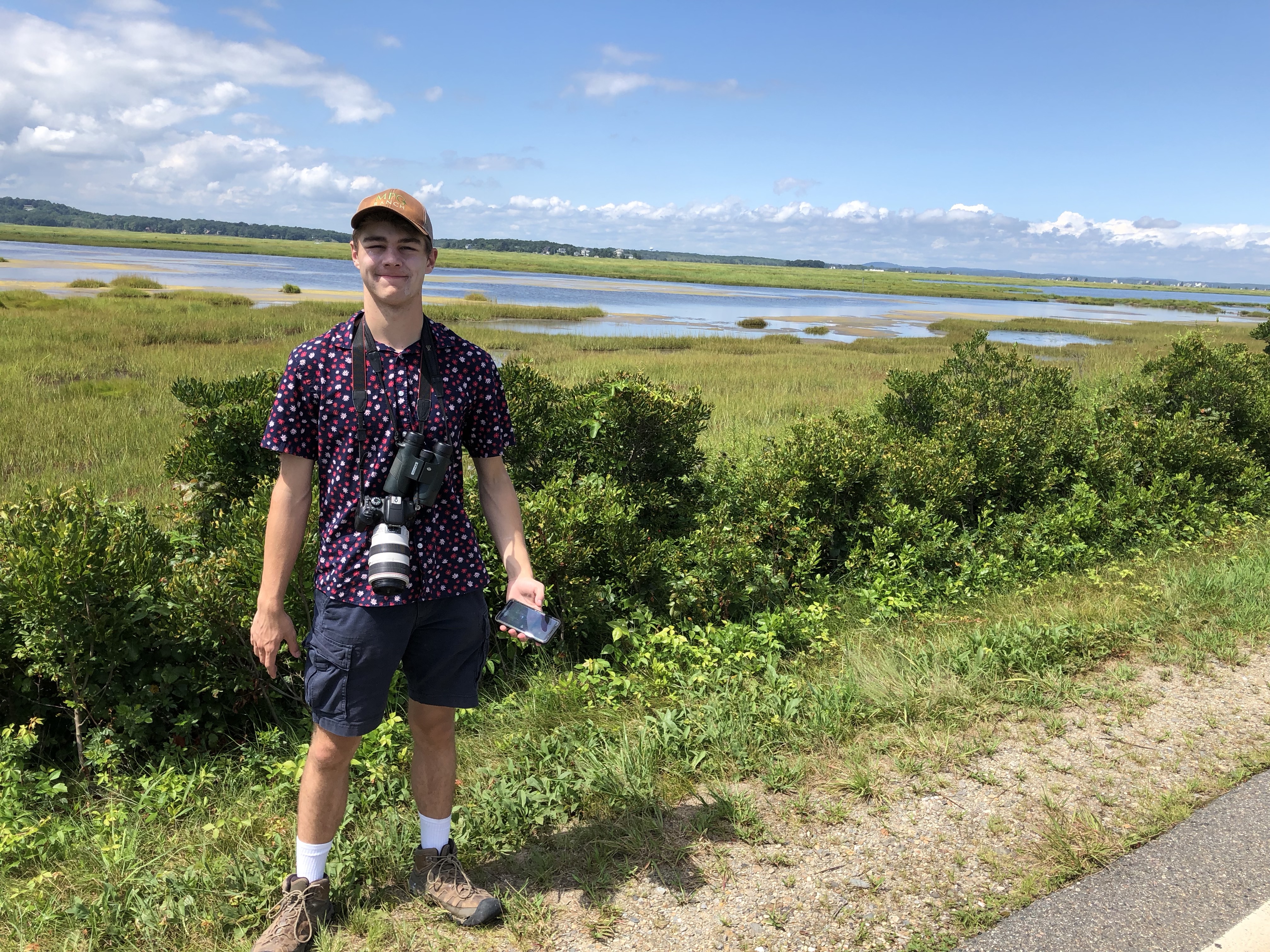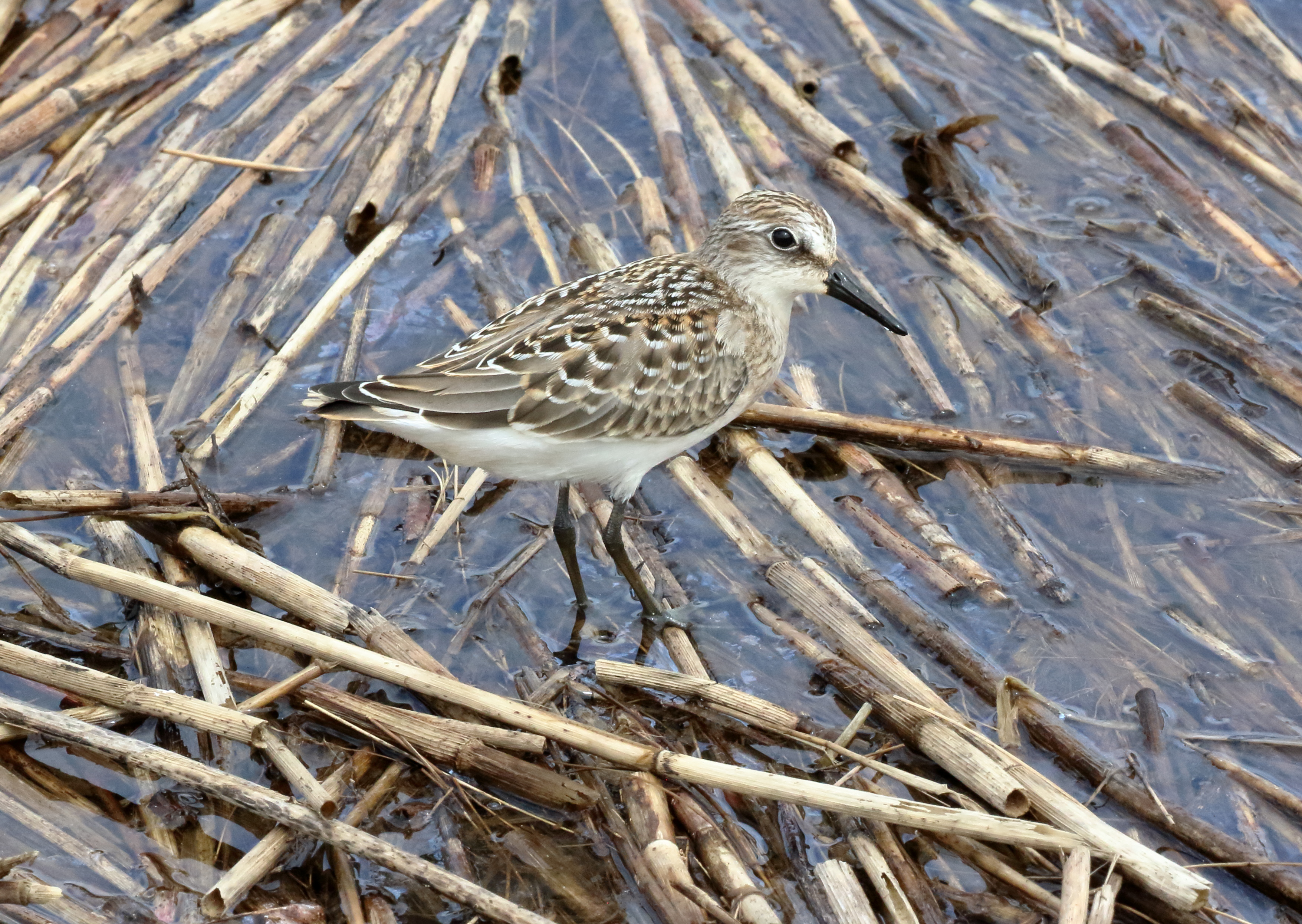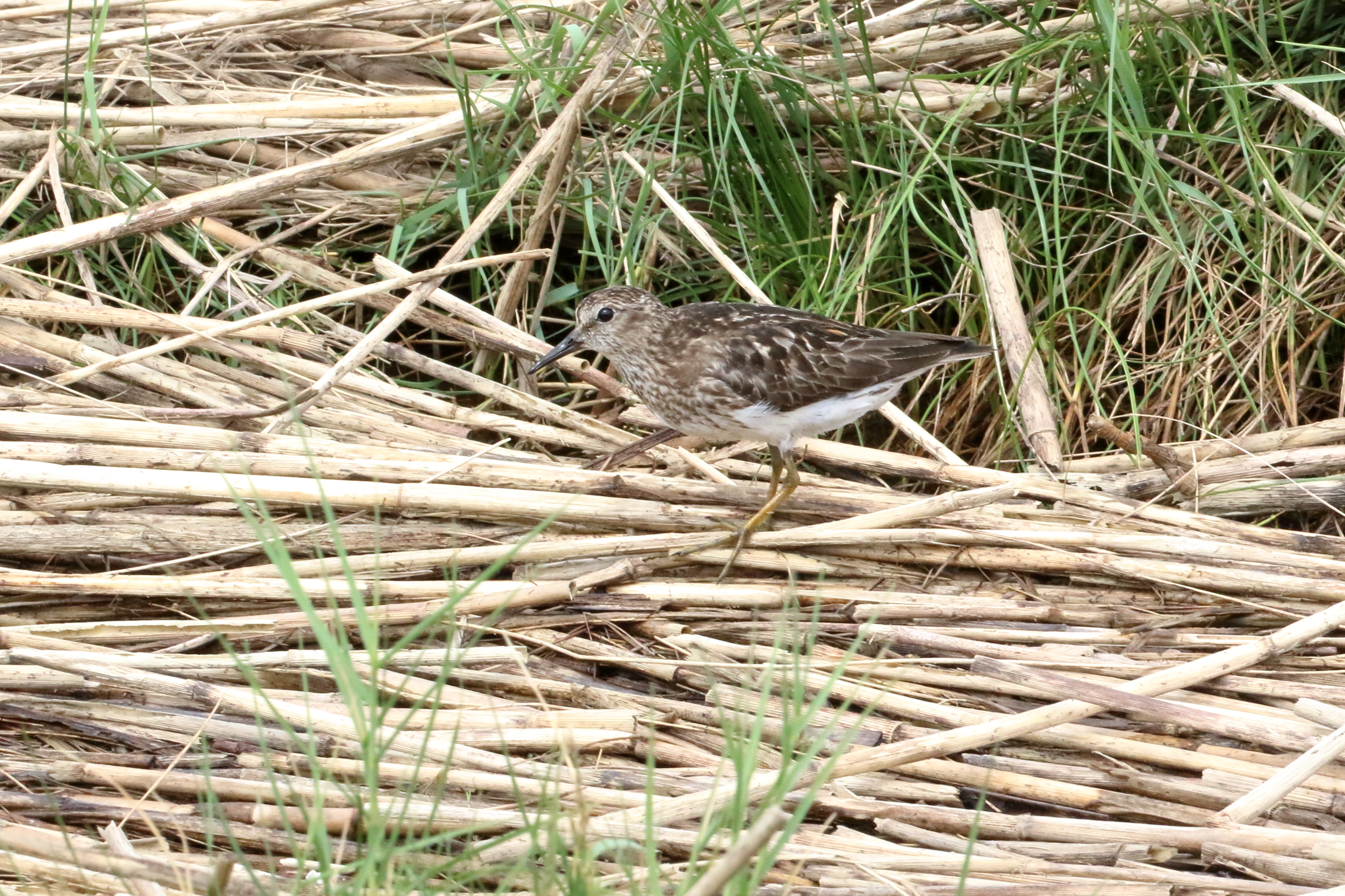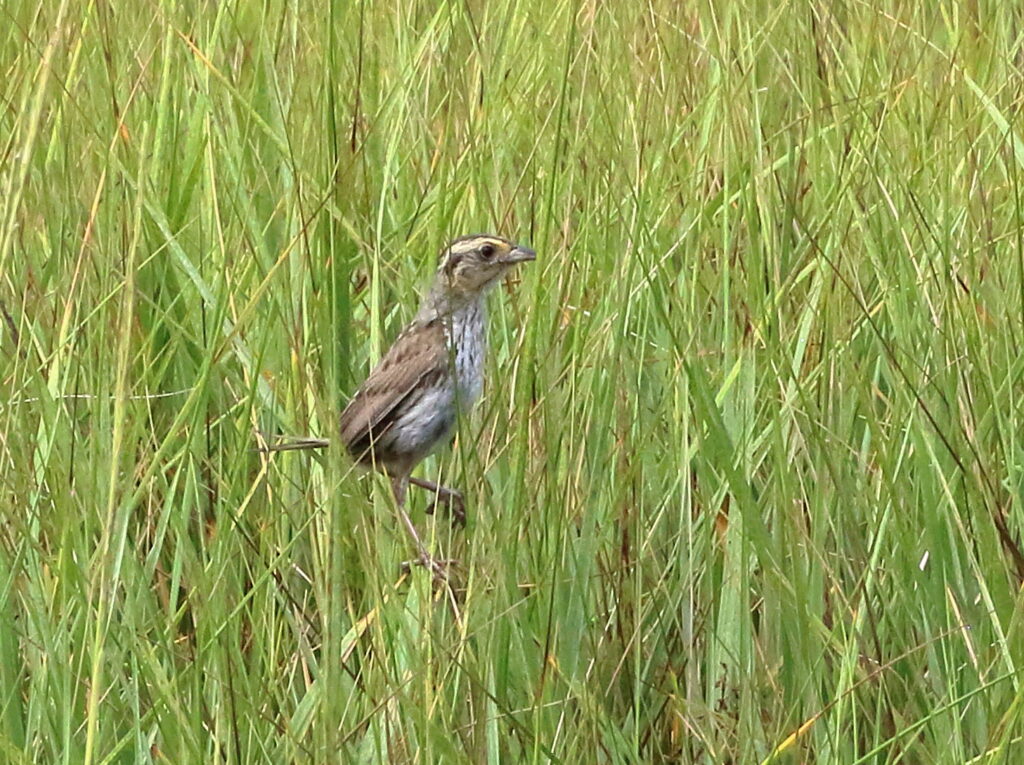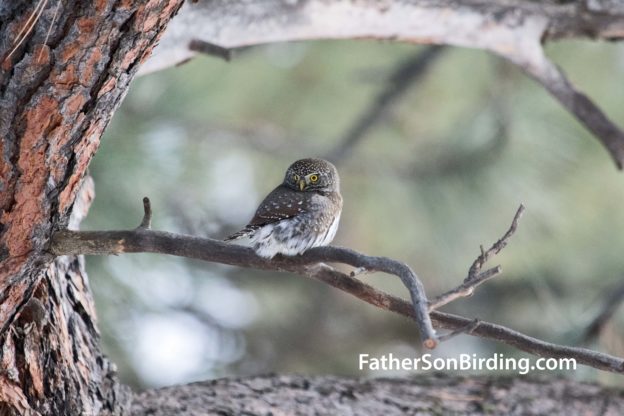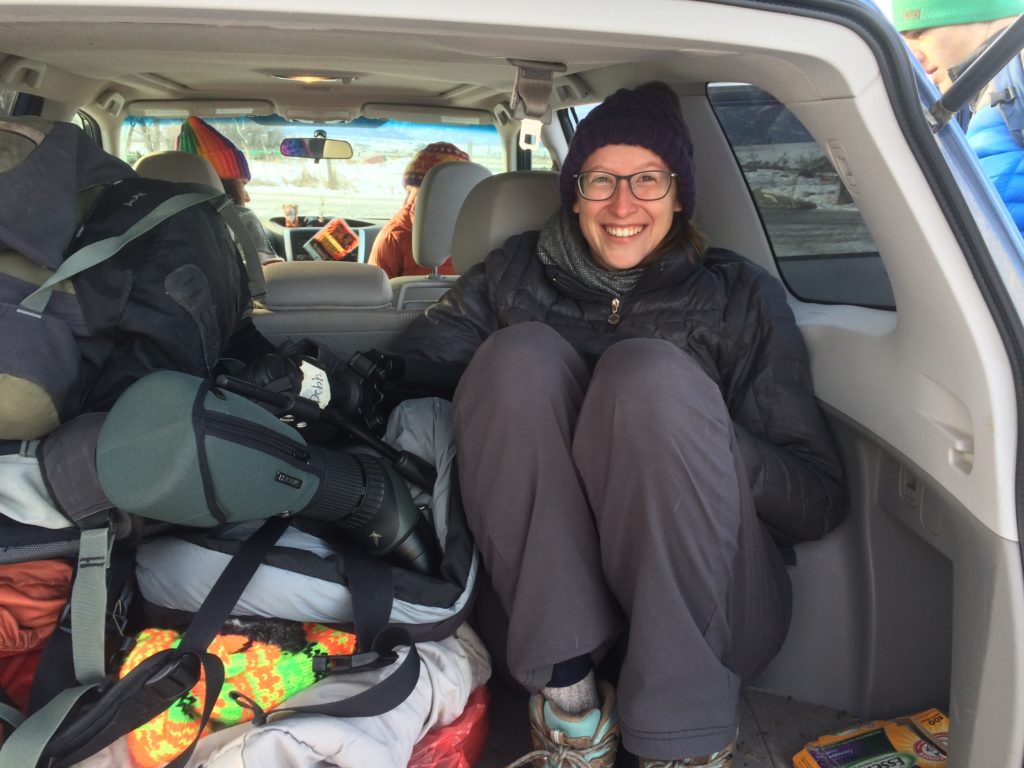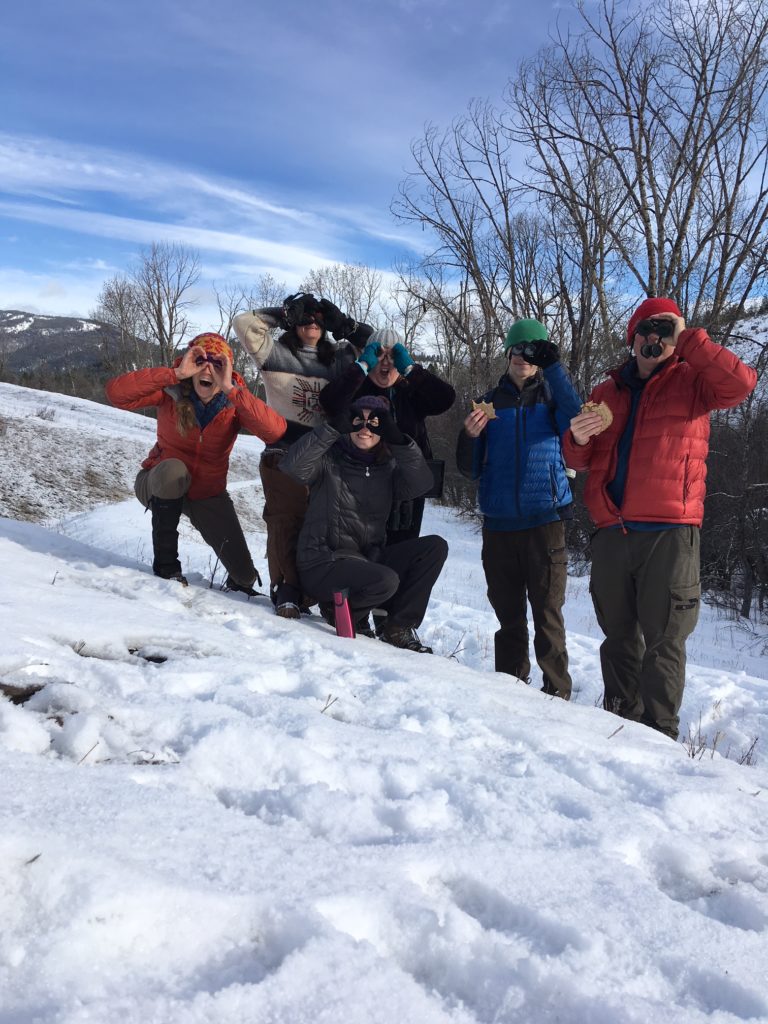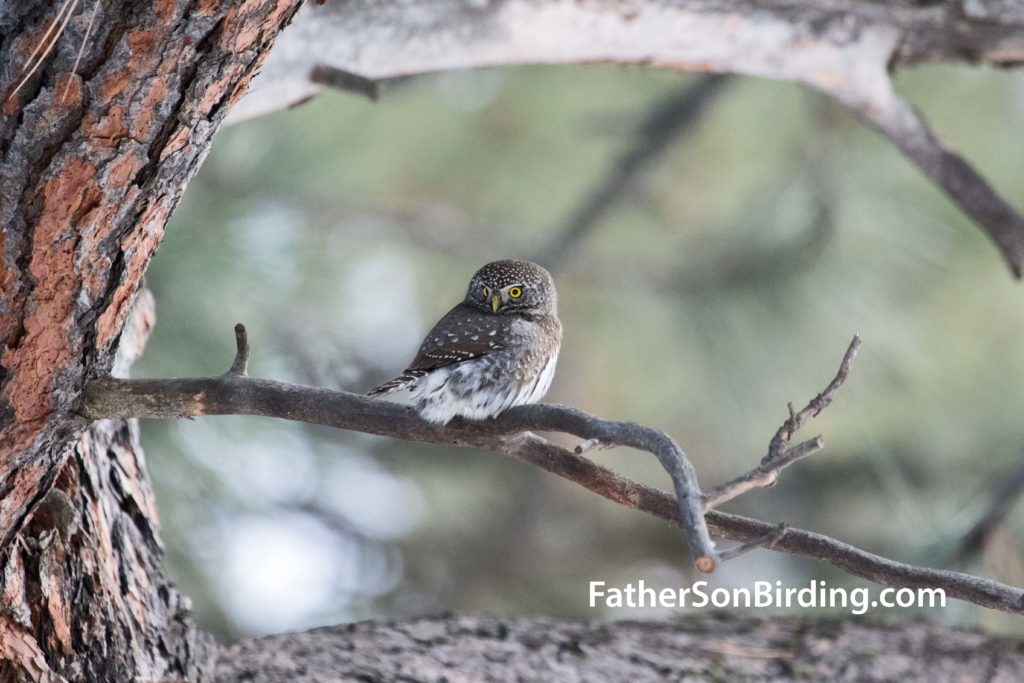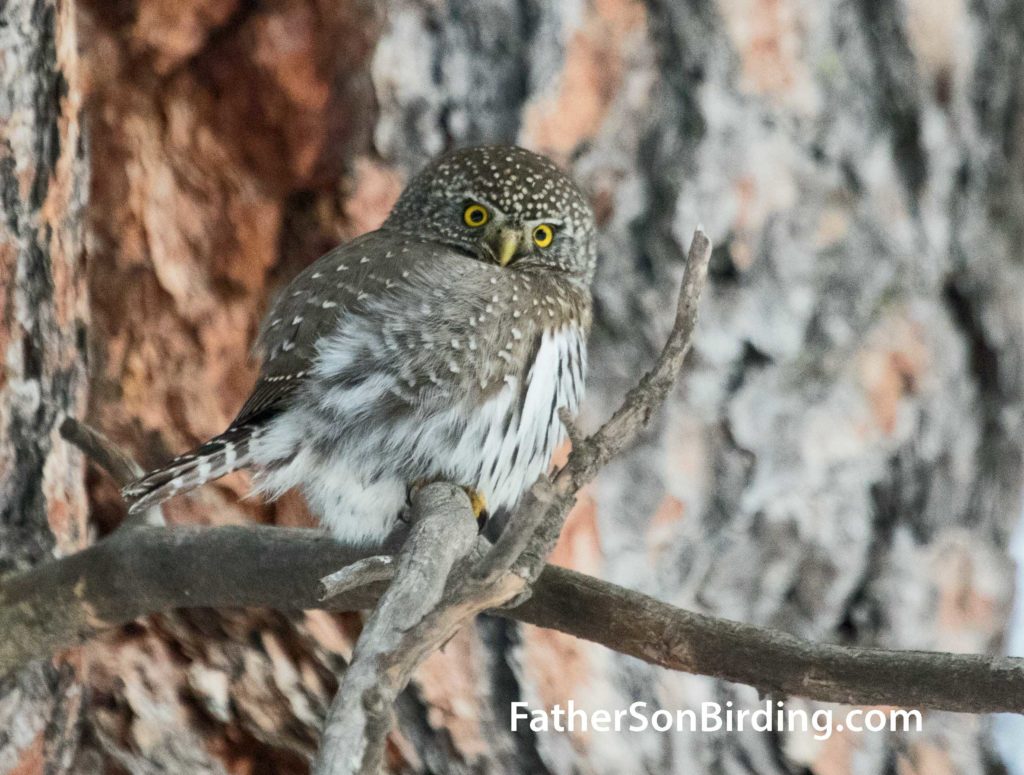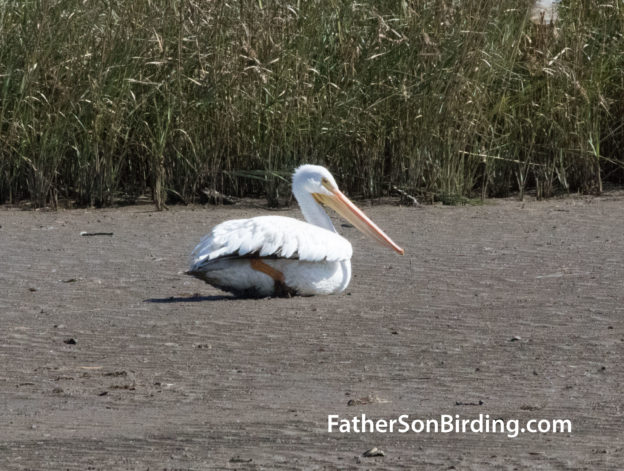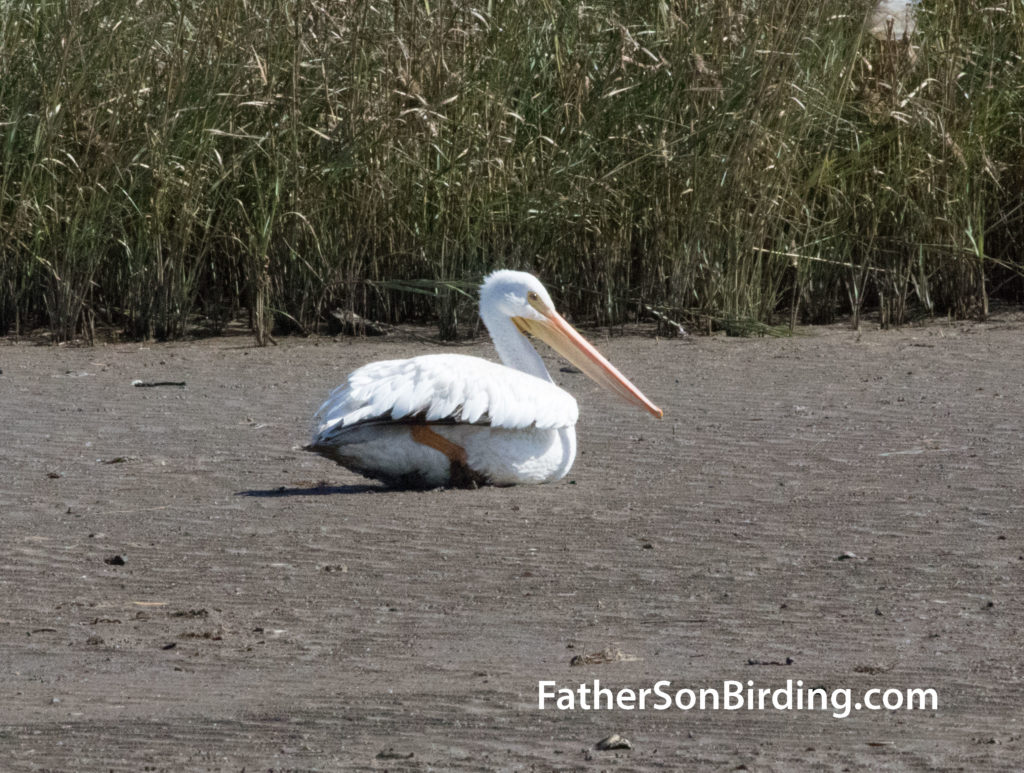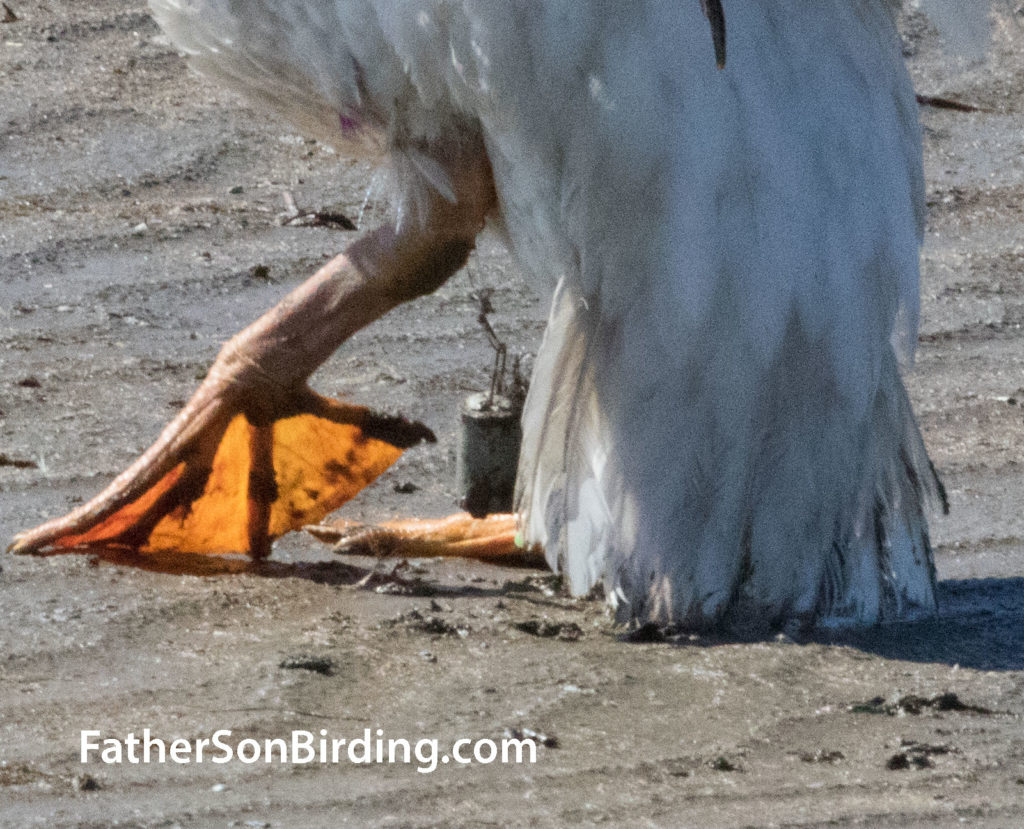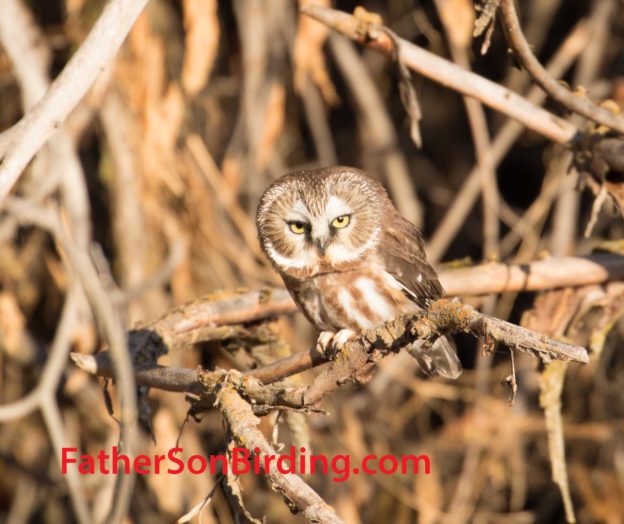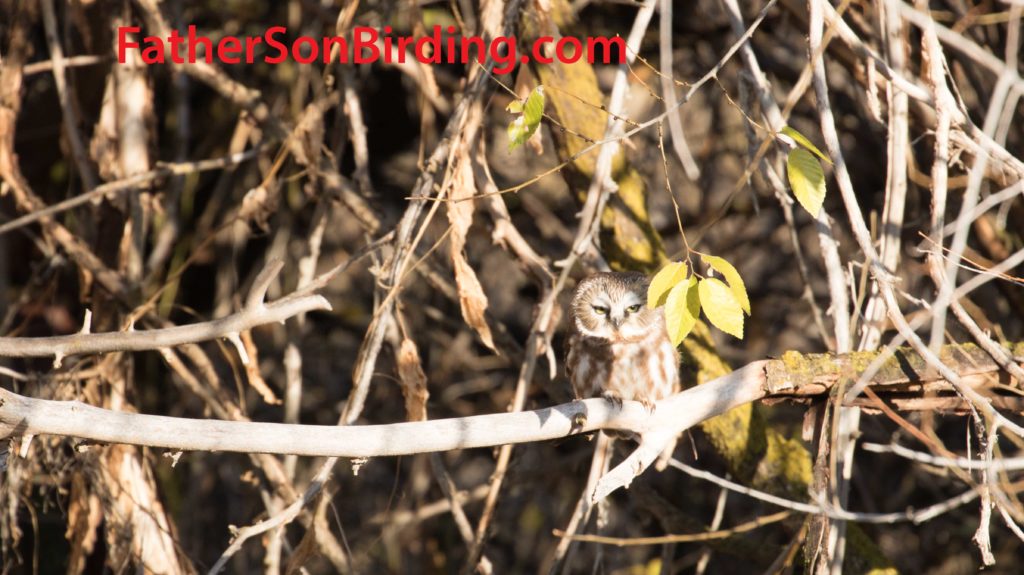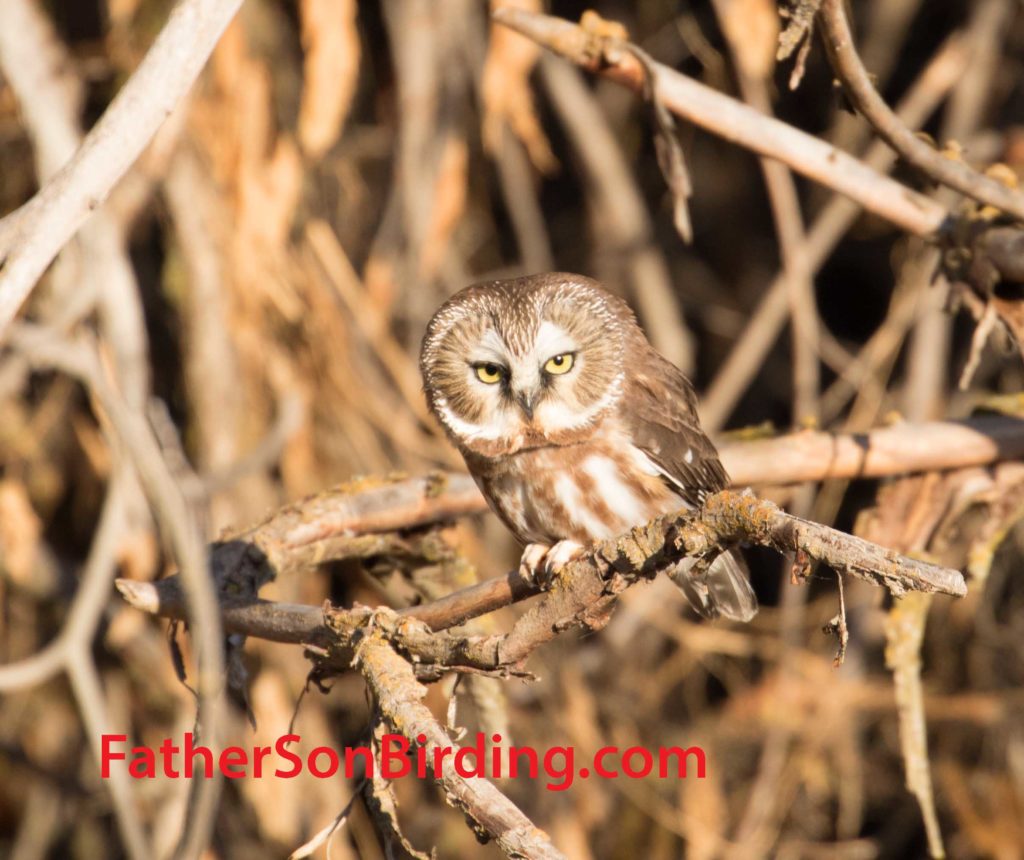If you’d like to see us continue our posts, PLEASE SUBSCRIBE by filling out the box down and to the right. We promise we will not share or give away your information to ANYONE—though you can always feel free to share our posts with others who might enjoy them!
Do you remember listening to American Top 40 as a kid? Sure you do! To celebrate our 100th post, we decided to count down FSB’s All-Time Most Popular Posts—with a video!
Yes, believe it or not, this is FatherSonBirding’s 100th post! Since we seem to be evolving toward a video world, Braden and I agreed that a video post would be a fun way to celebrate our last four years of birding and blogging. Just don’t get used to it! Videos take a lot more effort than regular blogging and, frankly, making videos eats into our birding time!
A few notes about the Top 5. They may not be technically correct since for some of our early posts, we may not have been gathering statistics on views. Also, we had not yet switched to a Payola scheme by which people pay us to make sure that certain posts are more popular. Just kidding! About the Payola, that is. I’ll always be curious just how many views our first post, A Quest for Snowy Owls (published March 13, 2018) has really received!
Also, below are some quick links to the posts mentioned in this blog. They are NOT IN ORDER of popularity so there’s no opportunity for cheating here! You’ll just have to watch the video to find out WHAT IS NUMBER ONE! Also, I have misspelled “Maclay Flat” as “McClay Flats” and other permutations. You’ll just have to forgive me!
Thank you for following our birding adventures. We appreciate you and hope this winter brings you plenty of birding adventures of your own!
Links to Blogs mentioned in the video (not in order of popularity):
Birding San Antonio’s River Walk? Are You Nuts?
For Birders, Every Year is a Big Year
Are You Ready for . . . the QUACH?
To view this video post on YouTube, CLICK HERE!

